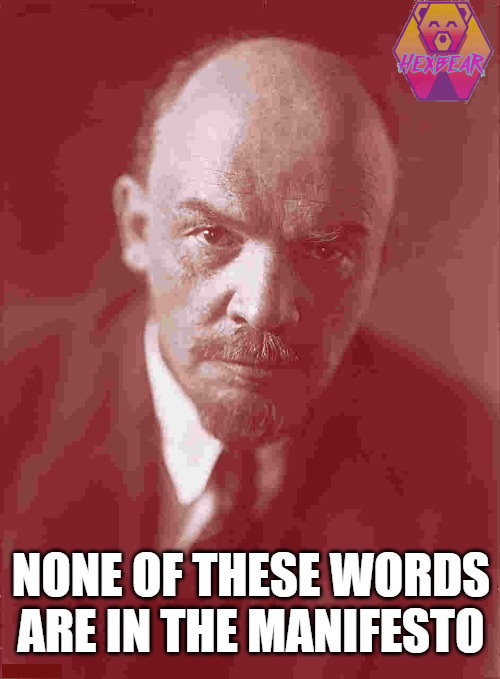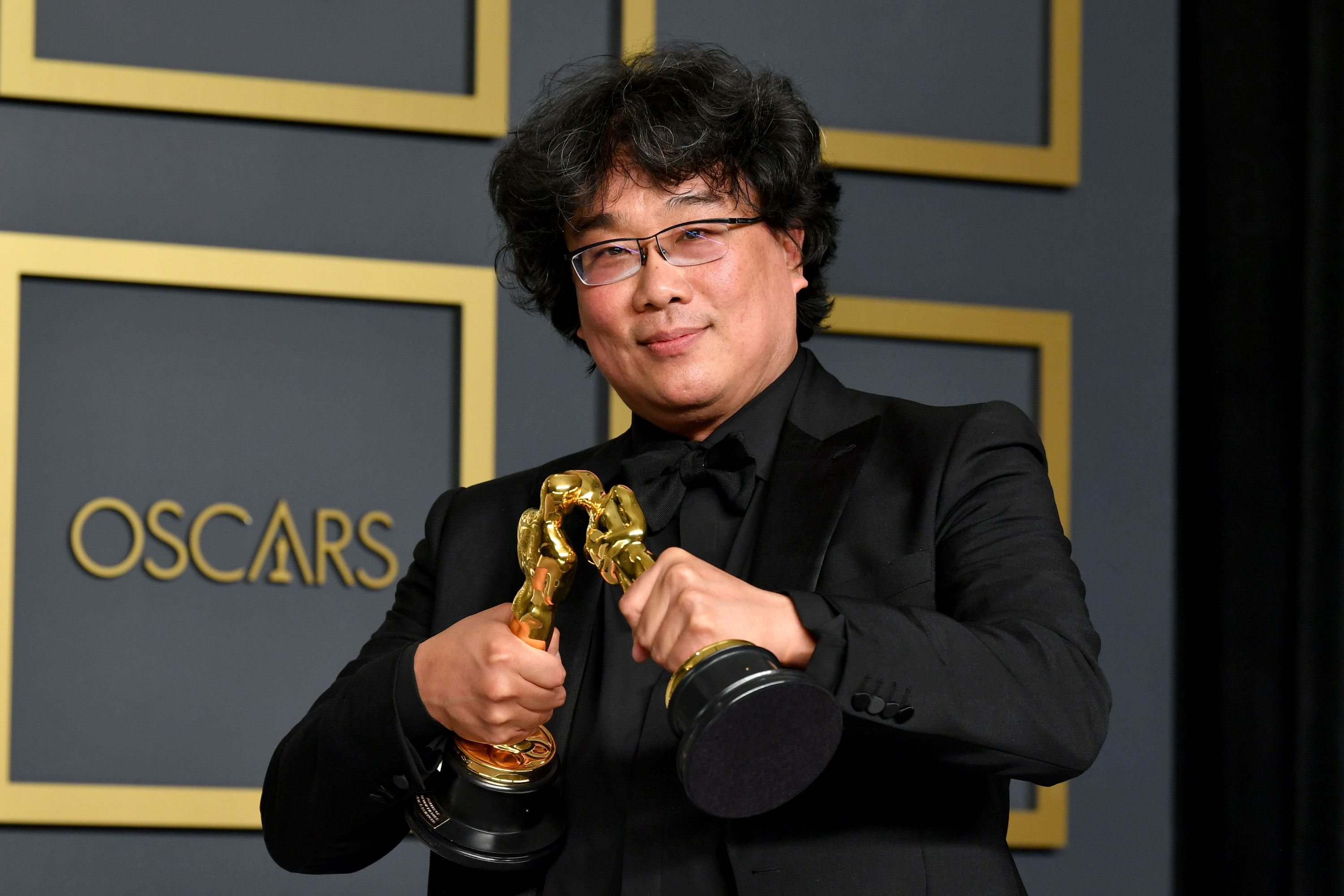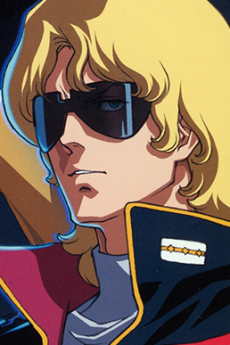Sigourney’s portrayal of motherhood takes it from the patriarchal passive, soft, and domestic and transforms motherhood in to a warrior ethos. For Ripley motherhood is a battle, an act of war. She is fighting the world, descending in to hell alone, to protect a little girl she barely knows, because she knows what it means to lose your entire family and be alone in the world. Ripley and Newt are symmetrical; Ripley lost her daughter, while Newt lost her family. Ripley isn’t simply seeking a surrogate daughter, she’s moved by compassion for a fellow survivor of the same nightmare that took her family from her.
In confronting the alien queen we see an almost unique example of a mother battling a mother. Ripley is defending her surrogate daughter while the queen is seeking revenge for the murder of her children. Each of them has hurt the other horribly, each has justification for their rage. The queen is the dark mirror of Ripley; Sending her children to die, destroying the families of others. Ripley came to LV426/Hadley’s Hope to confront her nightmares and to, hopefully, help the people of the colony. Even before she knows Newt exists she has shown her humanity, her concern for others. The queen, by contrast, devoured the people of Hadley’s hope. Ripley and the Queen were enemies before either knew the other existed.
In the trope of a mother defending her child, the mother is often passive; Cowering in a corner holding her children, helpless against overwhelming foes. This has been sometimes subverted in action and horror movies, and Aliens does it perhaps the best; Ripley never cowers. From the moment she hits the ground on Hadley’s Hope she’s a warrior. She’s as terrified as anyone else, but she’s a smart, competent, seasoned person; a veteran of deep space industrial transport, the only person to have encountered the aliens and survived. She is able to act in a crisis, managing her fear when others freeze or are unable to make decisions. Ripley is always acting and demonstrating agency.
The decision to rescue Newt is made by the character, not the plot. She’s not simply acting out of some reductive maternal instinct. This is the culmination of her character arc - In Alien the monster invaded her home, hunted and killed her friends, destroyed her life and took her family from her. In the final act she reverses this crime; She brings fire and death to the aliens, she is the monster that hunts, she is the implacable foe they cannot stop. She takes her found family back from the nightmares. And when, in a parallel of the final act of the first movie, the alien invades the ship that will carry her to safety, she once again must fight the alien. In the first movie she was nearly helpless and uncertain, defeating the alien by guile and cunning. Now she dons a mighty suit of armor and battles the nightmare hand to hand, defeating it on its own terms in personal combat. This is her moment of triumph, battling against the dark mirror of her own heroism, compassion, and motherhood. And she triumphs, saving her friends from the nightmare, casting it in to the void of space to drift forever until the death of the last sun.
It’s also worth discussing Ripley as a working class hero - A space trucker, a forklift operator. When she fights the Alien Queen she’s not using military power armor or high tech weaponry. Her weapon of choice is a forklift, complete with flashing warning light and safety-yellow color scheme.
It’s also worth discussing Ripley as a working class hero - A space trucker, a forklift operator. When she fights the Alien Queen she’s not using military power armor or high tech weaponry. Her weapon of choice is a forklift, complete with flashing warning light and safety-yellow color scheme.
I think you can take this concept further by pointing out that the true villain in the story is actually Wayland-Yutani. They’re the reason Ripley is there in the first place, and the reason that her situation was further exacerbated. It was them who made her and the queen enemies, otherwise they could both have left each other alone.
The entire plot is underpinned and driven by the greed of this faceless eldritch horror a trillion miles away, and Paul Reiser plays the quintessential obedient thrall, a personable, clean, boring professional “just doing his job” despite the obvious risks. And the stakes aren’t just the survival of the people in space, but also potentially all of humanity if the xenomorphs manage to get back to earth.
I love the Alien mythos. Great write-up, solid analysis.
Also, re: “Strong Female Protagonist” - Ripley avoids almost all of the negative aspects of the “Strong female protagonist”. For one example - Ripley isn’t alone in being competent and tough. All the women in the movie - Vasquez, Ferro, and Ripley - are portrayed as competent, good at their jobs, and tough as nails. Vasquez is a badass from start to finish, dying on her own terms with a snarl on her lips. Ferro is cool as ice dropping in to bad weather on a hostile planet. When she realizes the alien is in the cockpit with her she doesn’t scream, she doesn’t panic; She goes for her gun. It’s a hallmark of the first two movies; All of the characters display a level of competence appropriate to their character. They’re capable, they’re creative, they behave believably given who they are and the situation they’ve found themselves in, and Ferro and Vasquez are no different.
So, instead of Ripley’s “Strong Female Protagonist” being in contrast to other women portrayed as weak, or being an empty girl-boss stereotype, Ripley is a competent woman in a world of competent women. Vasquez and Ferro contribute to Ripley’s portrayal; Often the “Strong female protagonist” is being compared to men. In Aliens Ripley’s competence is measured against men and women - Sergeant Apone’s veteran savvy, Ferro’s ice, Vazquez’s strength, Hudson’s nerves, and Hick’s trust. This lifts her out of the morass of “Strong female protagonist” and allows her to be a strong character. An authentic portrayal of a competent woman dealing with a horrible situation in a way that is supported by her background, experience, and character.
Edit; Newt is competent and tough, too.
Also something to say about how Hudson and Hicks interact with the women in the story.
Hudson expresses bravado and excitement for the prospect of war, while Hicks falls asleep during the orbital insertion. Hudson is emasculated by Vasquez and his alternating between panic and bravado serves to lighten many scenes. He’s overshadowed by more competent, more controlled women.
But then Hicks provides an important contrast; Hicks recognizes Ripley’s competence and cedes authority to her. He’s a good soldier, he knows that Ripley is a good leader and he willingly follows her in good faith. But, importantly for a movie in the 80s or today, this is not emasculating. Hicks decision to cooperate with Ripley is neither humiliating or emasculating. He remains cool, competent, and in control. The gentle flirting between Hicks and Ripley conveys mutual respect between equals. He is, without drawing attention to it, gentle and compassionate towards Newt.
So we’ve got Hudson who represents the stereotype of a submissive man being dominated by a “ball breaking removed” represented by Vasquez or Ripley, but then we’ve got Hicks to directly subvert that - Hicks matches Ripley’s competence and their mutual respect keeps Ripley from turning in to a straw-feminist caricature of a domineering woman. The movie directly addresses this stereotypical straw feminist by showing Hudson as the humiliated, submissive man, then showing Hicks as a direct subversive of that; A calm, compassionate and undeniably masculine soldier, chiselled jaw and huge gun, who has unselfconscious respect for his female peers. Hudson acknowledges that the stereotype exists, then Hicks subverts it.
It’s also been commented that Hicks, Ripley, Newt, and Bishop represent a nuclear family typical of the 80s, but I think there is an important subversion; Hicks and Ripley are portrayed as equals whose relationship is built on mutual respect. Both show compassion and gentleness towards Newt, with Hicks relationship with Newt being easy and unmarked. Hicks has no problems trusting Ripley to take action or watch his back. Thus they represent a nuclear family, but it’s quite different from the masculine dominated patriarchal nuclear family and represents more of a meeting of equals.
Fucking DEI man.
https://yewtu.be/watch?v=IS2PtmM9mwU
I can’t believe this scene didn’t make it in to the movie. It’s such a perfect example of Show, Don’t tell. You don’t see the aliens except a few frames. Instead you see these incredibly powerful guns blasting and blasting and blasting. It’s far more powerful than just showing a big wave of movie monsters.
You could build a horror tower defense game out of this concept, god damn.
They basically tried to mimick this in Aliens: Dark Descent.
I need to go bakc to that. I got stopped by some bugs with elevators but they probably fixed it.
I bought it and refunded it because it was gonna be too much of a time sink for me.
God I hate how a scene like that would never fly in a movie/TV show, because it’s “boring” and because American audiences don’t understand subtlety.
me having just watched an almost four hour Batman movie
For my money, if there was not just an ammo counter rolling down but a rangefinder showing “contact & distance” right below it, that would have added to the tension.
As the ammo cans are run down you’re watching the the distance go from 50 meters to 45 meters back to 50 meters and a short pause of the guns and then a long shot on the guns firing that cuts back to the ammo counter/distance now showing 35 meters and slowly increasing to 50 as the aliens are pushed back but the ammo counters are only going down.
Another pause and a shot on the distance counter showing “No Contact” before “Contact: 50 meters” shows with the ammo counters rolling down. The first gun goes silent and the distance jumps from 35 meters down to 25 meters before the gun goes silent with ammo on the counter and “No Contact” on the rangefinder and the ammo counter flashing “Critical”.
Another mix of the remaining guns firing, the ammo counters running down to their last digits, the range finder screaming a warning that the distance is 5 meters before the last gun is almost dry and the warning on the rangefinder jumps from 5 meters to 35 meters, and then the rangefinder clicks over to a calm green hued “No Contact” …
Also note that there are similar themes in Cameron’s Terminator 2 - Sarah Connor goes from an innocent waitress in the first one to an ultra-competent commando in the second. Interesting that Cameron liked this theme so much he visited it twice.
It’s one of my favorite movies for a number of reasons, including the ones you’ve covered here.
Good write up. Totally nailed it. The first 2 Alien movies are soooo fucking good.
excellent reading of a classic






